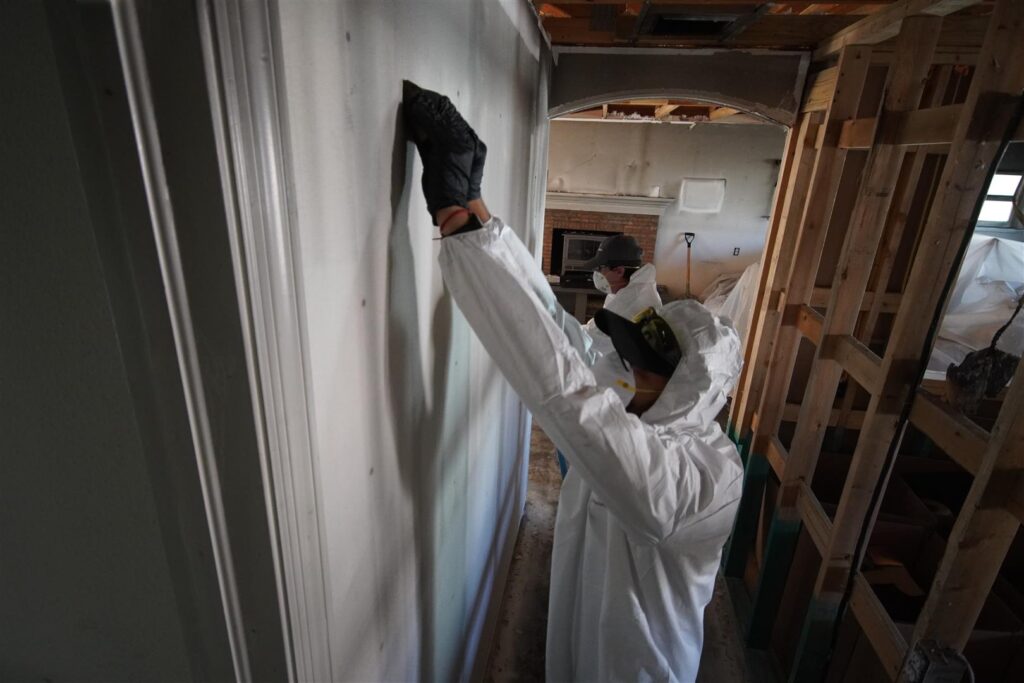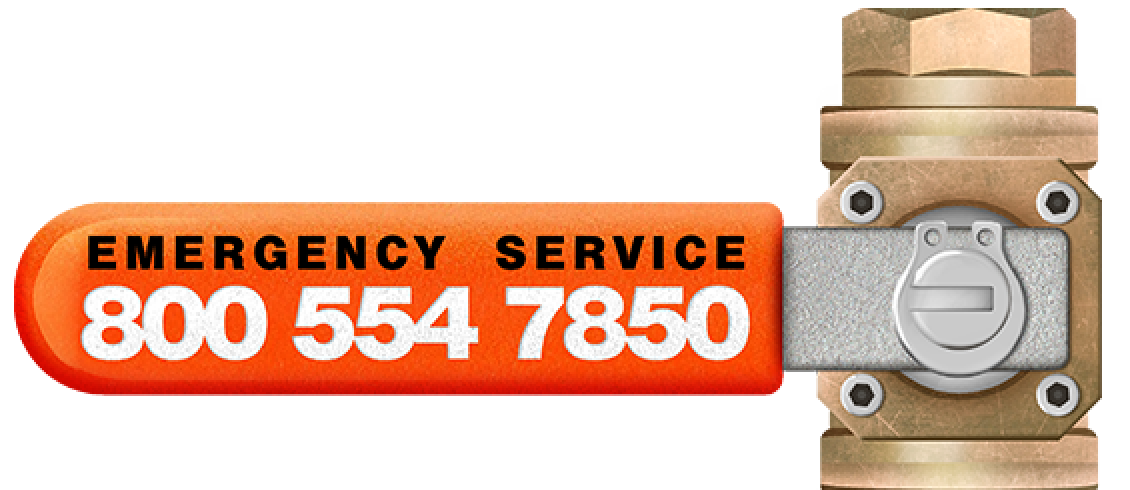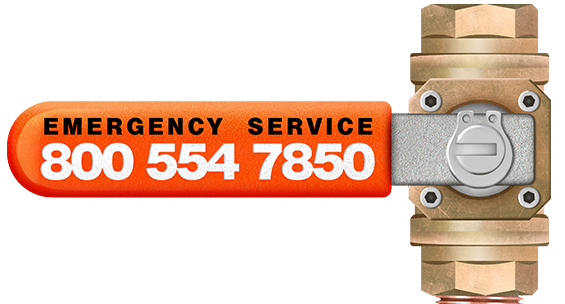House fires are traumatic. And home fire damage can be extensive. Whether you escape the fire and watch your home burn, return to your home to find it ablaze, or contain it before anyone had to evacuate, it is scary and devastating. We hope you will never have this happen.
The loss can go beyond the physical and be very emotional. There are professionals who help with that kind of loss. At Construemax, we help you through the trauma by cleaning up after a house fire as well as the restoration of those physical losses.

Home or Business Fire
Fires are especially destructive. They are so on multiple levels. The damage they cause can be described in these ways:
Primary – Property Fire Damage
Things get burned. Your property is damaged because it is the actual fuel for the fire. That is the primary threat. That fuel includes walls, floors, ceilings, carpet, framing, roofs, furniture, and all other personal property in the home.
Rarely can items that are burned be salvaged. As fuel, they are consumed by the fire or structurally altered. Altered by melting and/or warping, or they break when whatever they are attached to or sitting on collapses.
Secondary Damage – Smoke/Soot/Water/Powder
The byproducts of fire include smoke, ash, and soot. These secondary damages to the burn are far-reaching. Smoke will reach places you didn’t know it could. It will leave behind soot and a distinct odor that can remind you of your fire for a long time if not cleaned up quickly.
Another secondary cause of damage comes from the water or chemical used to put out the fire, whether by the fire department or a homeowner. Water can do a lot of damage, but at least it can be cleaned up and you can repair it. If you don’t put it out, you’ll lose everything.
There are different types of fire extinguishers and each has its own concerns. The first goal is to put out the fire, but you still want to be careful that your health isn’t compromised by the residue left behind when putting it out. You should know what type you have and what risk it poses after use.
Tertiary – Mold and Corrosion After Your Property Fire
Things that are not destroyed by the fire, smoke, and water are still at risk if those secondary damages are not addressed quickly. The water, if left to sit, can help mold to grow in those parts of the home that were not touched by fire. Cleaning up mold is an expensive and invasive process too. Mold may not seem like fire damage to your home, but it all came because of the fire in the first place, so it is just as much fire damage as soot.
What many people don’t realize is that soot from a fire is acidic. It’s made up of very fine particles that can cause pitting in doorknobs, faucets, pipes, and other metal. Glass and mirrors can get etching and seem like they never get fully clean. Fabric and plastic can be affected by discoloration and deterioration. If not cleaned quickly using appropriate methods, soot will extend the destruction of your fire.
Recovering from Home and Business Fire Damage
Fire recovery can be broken down into several categories or functions:
- Removal of chard structural elements of the house
- Soda blast your burned property of soot
- Smoke cleanup of the structure (studs, concrete, cabinets, etc.)
- Structural Rebuild
- Contents of your home or business
- Removal of the personal property from the home
- Cataloging the personal belongings
- Disposal and logging of destroyed property
- Cleaning soot and smoke off of the salvageable items
- Storage of belongings until the home restoration is completed
- Return of belongings to the home after cleaning
Property Fire cleanup – Don’t Waste Time
To recover from a property fire you need to act fast. You need to identify affected areas, contain them so as to avoid contaminating other areas of your home or business that are unaffected and remove all personal property.
The removal of personal belongings serves two purposes. First, it clears out the space to allow the workers to work unobstructed. They will be removing burned and damaged debris and subsequently rebuilding the home. Removing and cataloging your personal belongings creates a safe area so as to not cause any further damage to the home, belongings, or the workers.
Second, those personal belongings need to be attended to. They need to be inventoried for insurance purposes. You need to identify those that are salvageable and those that are not. Your insurance company will need that inventory to pay a claim. They may also insist upon examination of the belongings to evaluate their condition. The ideal time to inventory everything is when you are doing the Fire cleanup and removing them from the property so the salvageable items can be cleaned and sanitized.

Post-Fire Strategy for Your Home or Business
Your fire and water cleanup team will need to inspect your home to develop an appropriate cleanup and restoration strategy. We will do it all. The debris removal, soot cleanup, storage of personal belongings, and property restoration.
We hope you never need our fire recovery services. But if the unthinkable happens, Relax.Trust Construemax.







